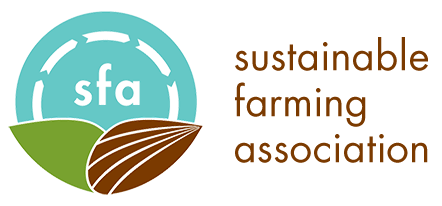Solberg on Soil: Let Progress Affect Your Farm Goals: Measure & Monitor for Regenerative Success
“Are we there yet?” is the all-too-familiar phrase heard from the back seat of the car during a family road trip. Similar questions have arisen from farmers who have started down a journey of soil regeneration wondering about their progress. I don’t recall who stated it first, but “You can’t manage what you can’t measure” comes to mind when we work to regenerate our soils.
Setting up monitoring protocols help illuminate progress on our soil health path. There are a number of monitoring tools that can offer helpful insights – but monitoring tools need to be selected and established in light of our goals. Using areas on or near the farm that have had less disturbance for a number of years (fence row, road ditch, field corner) can help provide benchmarks to compare in-field observations.
Historically, the main metric used in farming has been yield – bushels/acre or pounds of milk per cow. Like our bodies, soils are complex biological systems. When you are sick, the doctor uses a variety of tests and clues to diagnose what might be wrong. Similarly, there is no one metric that will tell us everything about our soils. Unfortunately, under chemical-based agronomy we have come to expect that there could be one test that will tell us how much X, Y and Z to use to meet our goals. As we move into regenerating our soils we need to add more tests and hone our observational and diagnostic skills to assess our progress.
As stated in this article, it’s easy to get caught up in the day-to-day farm needs constantly screaming for attention. We need to carve out time to work on the business, not just in the business. Otherwise, as Dave Pratt says, we are simply employees and not managers of that business. If we are truly working to get a positive Return On Investment (R.O.I.) from implementing soil regeneration practices, monitoring and assessment of those efforts is a key component of “working on the business.”

